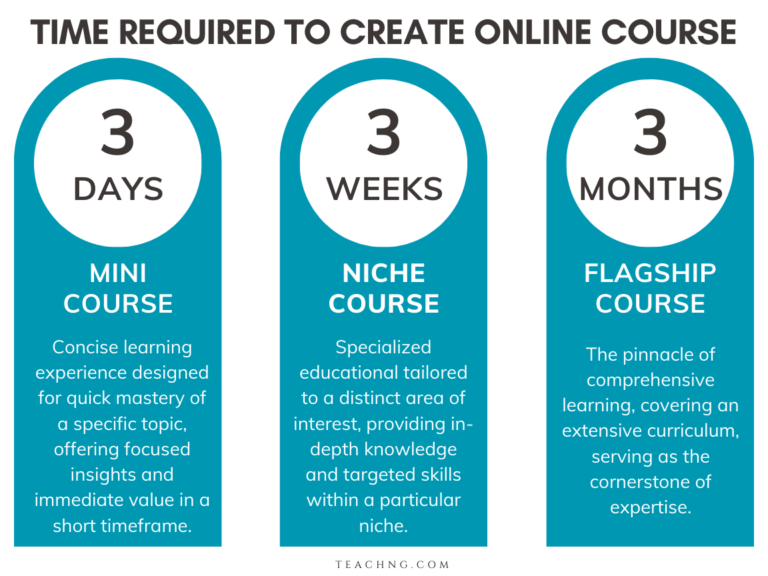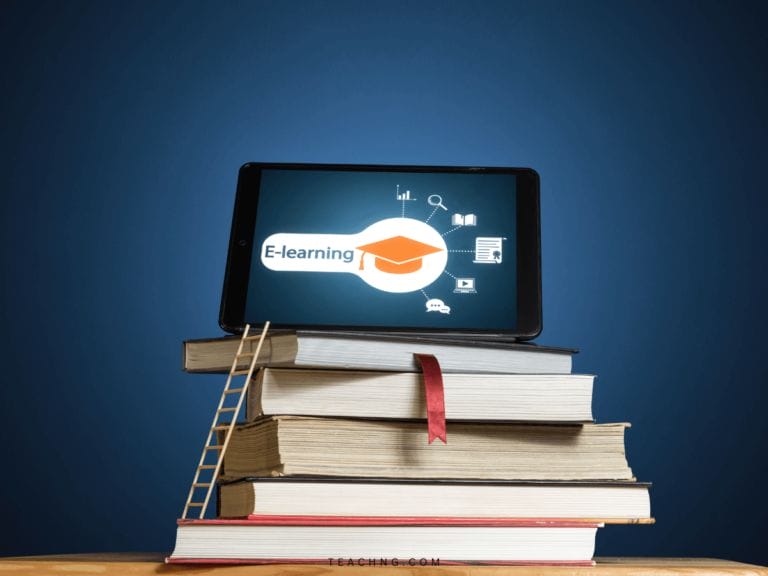Hybrid learning and blended learning are becoming increasingly popular as more students opted for a mixed of distance learning and face-to-face learning.
Traditional learning methods have evolved, as the teaching practice have moved into a hybrid learning environment with online learning industry growing at 900%.
Regardless if you are a student, teachers, coach, edupreneur or a course creator, understanding the impact of hybrid learning is beneficial in gaining insight for the the future of the education industry.
Top Online and Hybrid Learning Statistics and Facts for Future of Education
- Online learning industry has grown by 900% in the last 20 years, growing the popularity of hybrid learning.
- 82% of students choose a hybrid learning model due to higher level of flexibility and freedom to education.
- Timely content, course structure, and faculty relevance are the top 3 core attributes that students are most concern of.
- Hybrid learning models increase student engagement rate by 16%.
- Up-to-date with content relevance, skills certification and omnichannel availability are the top 3 attributes that that lead to higher engagement levels.
Hybrid Learning Model Growth and Trends
- Since 2000, the online learning industry has grown by 900%, growing the popularity of hybrid learning. 1Source: Mairasee
- Online education market with hybrid learning will grow to $350 Billion by 2025. 2Source: Forbes
- 34% of school districts have opted for an either/or model, where students must choose between in-person or remote learning. 3Source: edTechMagazine
- 20% of school opted for rotating schedules with students getting in-person or remote learning a few days of the week. 4Source: edTechMagazine
- Google Logitech, Cisco and Lenovo are companies that help accelerate the growth of Hybrid Learning. 5Source: edTechMagazine
- 10 years online learning industry growth will be over 364.67% from 65.61 Billion USD in 2017 to 239.26 Billion USD in 2027.

Insight on Hybrid Learning Model Growth and Trends
For the past two decades, the education landscape has witnessed a remarkable surge in hybrid learning. The reasons behind this growth are multi-faceted, including advancements in technology, changing learning preferences, and the adaptability of educational institutions. Looking ahead, the trajectory continues to point upwards, hybrid learning will continue to shape the future of education as teaching and learning evolved to include both online and offline.
Hybrid Learning Growth Due to Covid-19 Pandemic
- Covid-19 pandemic have lead to a growth of 29.58% in online learning revenue in just 1 year. 6Source: Statista
- 5 year online learning industry growth is 189.22%, from 88.02 Billion USD in 2019 pre-pandemic to 166.55 Billion USD in 2023 post-pandemic. 7Source: Statista
- More than two-thirds (2/3) of school districts have deployed hybrid models to provide instruction during the Covid-19 pandemic and reduce the risk to students and staff. 8Source edWeek
Insight on Hybrid Learning Growth Due to Covid-19 Pandemic
The Covid-19 pandemic have forced educators and institutions to swiftly adapt to hybrid learning models, resulting in a surge in online learning revenue and a widespread adoption of hybrid approaches in school districts. The rapid adoption of hybrid learning model will continue to shape the future of learning as online class become increasingly common.
Hybrid Learning Benefits Statistics and Facts
- 64% of academic leaders says hybrid learning has the potential to improve student learning outcomes. 9Source: Gitnus
- 59% of students are more motivated when using hybrid learning models. 10Source: Livewebinar
- 82% of students choose a hybrid learning model due to higher level of flexibility and freedom to education. 11Source Perculus
- 2 main benefits of hybrid learning for students are; making courses more accessible and learning more convenient for students. 12Source: ISTE
- 2 main benefits of hybrid learning for educators are; providing faculty with greater flexibility in course delivery, and offering students a greater variety of learning experiences. 13Source: ISTE
- Develop self-directed learning skills through hybrid learning help in achieving success in college and beyond. 14Source: ISTE
- Hybrid learning provide resilience in the events of pandemic.

Insight on Hybrid Learning Benefits
Strong consensus is seen among academic leaders that hybrid learning holds the promise of enhancing student outcomes. With increase of motivation to learn, higher flexibility, and increase accessibility for students to gain access to online and in-person learning. Hybrid teaching and learning offers a broader spectrum of learning experiences. Cultivating the foundation for students’ long-term success. Hybrid learning and teaching will be shaping the future of education.
Students Preferences For Hybrid Learning
- 53% of students prefer to study online post-pandemic fully. 15Source: Livewebinar
- 60% of students prefer using separate social media channels for learning. 16Source: Livewebinar
- 82% of students choose a hybrid learning model due to its flexibility and freedom. 17Source Perculus
- 53% of students prefer to study online fully post-pandemic. 18Source: Livewebinar
- 82% of students choose hybrid learning model because of flexibility and freedom to education. 19Source Perculus
- Top 3 core attributes that students are most concern of are: Timely content, course structure, and faculty relevance. 20Source: McKinsey
Insight on Student’s Preference to Hybrid Learning
Students’ perceptions of hybrid learning is mainly positive as a clear majority lean towards online learning even post-pandemic, underlining a shift in how education is perceived. The effectiveness of hybrid learning largely depends revolve around timely content, structured courses, and faculty relevance. With the advance of Learning Management System (LMS) implementation of hybrid learning is hugely popular and will continue to prosper into the future of education.
Student Engagement on Hybrid Learning
- 16% increase in student engagement rate when student opt for hybrid learning models. 21Source: Gitnus
- 59% of students are more motivated when using hybrid learning models. 22Source: Livewebinar
- Future of hybrid learning will include Virtual reality (VR), Argumentative reality (AR), simulations, and sophisticated visual content. 23Source: McKinsey
- Top 5 attributes that that lead to higher engagement levels are: Up-to-date content/relevance, Skills certification, Omnichannel, Readiness assessments with leveling and Program structure.
Insight on Student’s Engagement and Learning Effectiveness of Hybrid Learning
Significant increase in engagement when students choose hybrid models, and a majority find themselves more motivated when offered a mixed learning opportunity. Student engagement can be further increase with relevant content, skills certification, an omnichannel approach, readiness assessments with leveling, and a well-structured program. Dynamic and transformative nature of hybrid learning will shape the future of education through more forms of engagement creating an immersive learning experience.
Teachers and Educators Perspective on Hybrid Learning
- 49% of full-time educators received training in e-learning delivery. 24Source: Mairasee
- 36% of part-time educators received training in e-learning delivery. 25Source: Mairasee
- 94% of teachers are open to the idea of hybrid learning with the proper resources, curriculum, and support. 26Source: Livewebinar
- 92% of K-12 educators prefer hybrid learning over traditional classrooms. 27Source: Zipdo
- 73% of teachers say hybrid learning increases engagement. 28Source: Livewebinar
- 60% of teachers notice that hybrid learning improves academic ability. 29Source: Livewebinar
- 60% of teachers are open to livestreaming their classrooms for homesick students. 30Source: Livewebinar
- Six top criteria to consider when implementing hybrid learning are; Scalability, Customizability, Talent, Speed to market, Regulation and Upfront Investment.
Insight on Teacher’s Preference to Hybrid Learning
Nearly half of full-time educators have undergone e-learning training, and an even larger percentage are open to the concept, provided they have the right resources and support. What’s particularly striking is the overwhelming preference among high school educators for hybrid learning over traditional classrooms. Flexible learning combines with classroom learning with the ability of livestreaming of their classes for students who can’t be present physically underscores the adaptability and inclusivity of hybrid learning.
Hybrid Learning Challenges
- Main concerns on hybrid learning are information retention, classroom engagement, and student success. 31Source: edTechMagazine
- 90 minutes per day is recommended for second grades students when learning online for maximum concentration. 32Source: edSurge
- 45 minutes per day is recommended for first-year students when learning online for maximum concentration. 33Source: edSurge
- 120 minutes per day is the maximum time a student can concentrate when learning online for first and second year students. 34Source: edSurge
- Two most common challenges that must be addressed in online learning environments are concentration and comfort. 35Source: edTechMagazine
- Latino, Black, and Asian parents were more likely than white parents to signup their children in full-time remote learning. 36Source: edWeek
- 80% of students who do not want to study online said the top reason is that getting help from instructors is easier through in-person rather than online learning. 37Source: McKinsey
- Fear of distraction, getting bored and lack of discipline are the 3 main reason why students may not want to enroll in online education. 38Source: McKinsey
- American are more satisfied with online learning experience and are more likely to recommends online learning and hybrid learning than their Europe and Asia-Pacific counterparts. 39Source: McKinsey
- European students are least satisfied with online learning experience is least likely to recommend online learning, having the lowest growth in hybrid learning adoption. 40Source: McKinsey
- United States and Brazil have the largest growth in their online higher education student base. 41Source: McKinsey
Insight on Hybrid Learning’s Challenges and Future Change to Learning System
Information retention, classroom engagement, and student success are the main challenges and concerns for online and hybrid learning. The optimal daily learning times need for both concentration and comfort for different grade levels underscore the delicate balance between concentration and screen time. As we are undergoing an evolving dynamics of education, students’ learning experiences and learning effectiveness in hybrid learning will be key in success of hybrid learning.
How useful was this post?
Click on a star to rate it!
We are sorry that this post was not useful for you!
Let us improve this post!
Tell us how we can improve this post?





